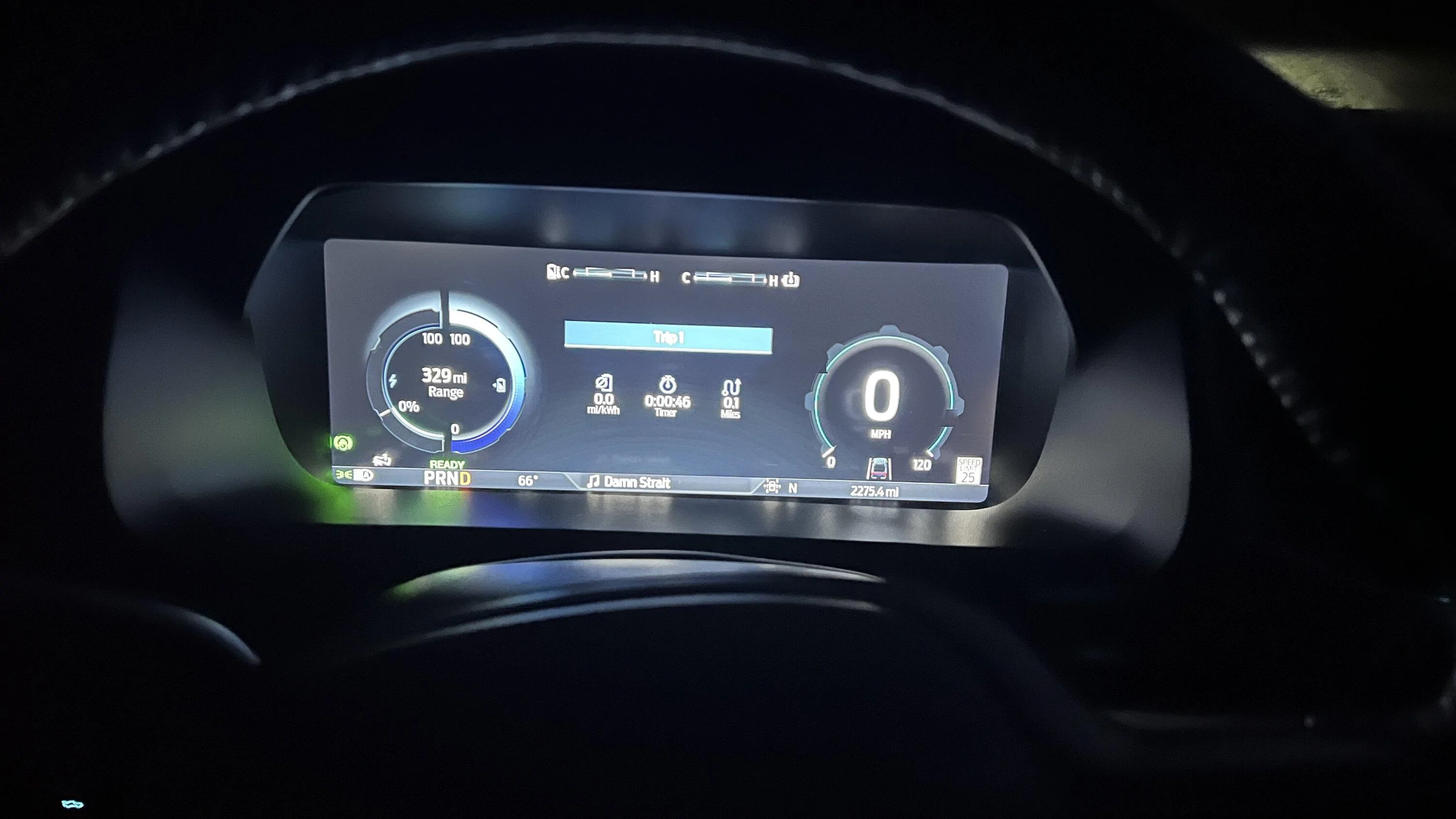RickLightning
Well-known member
I wasn't remarking about the efficiency of one gear, or lack of efficiency.
You compared backroads driving and highway driving. In backroads driving, you stated the advantage of regenerative braking, but then you stated that on the highway EVS get hit with air resistance and lack of gearing, which is why they get lower efficiency as compared to backroads driving.
I'm saying that on the highway, you're not getting regenerative braking as compared to backroads, plus you're driving much faster which uses much more energy (the air resistance). The lack of gearing would be a much smaller impact in the scheme of things, at least to this non-engineer.
Of course ICE vehicles don't "shine" anywhere. But they do get more miles per gallon on highway than city, which is the opposite for hybrids, PHEVs, and EVs.
You compared backroads driving and highway driving. In backroads driving, you stated the advantage of regenerative braking, but then you stated that on the highway EVS get hit with air resistance and lack of gearing, which is why they get lower efficiency as compared to backroads driving.
I'm saying that on the highway, you're not getting regenerative braking as compared to backroads, plus you're driving much faster which uses much more energy (the air resistance). The lack of gearing would be a much smaller impact in the scheme of things, at least to this non-engineer.
Of course ICE vehicles don't "shine" anywhere. But they do get more miles per gallon on highway than city, which is the opposite for hybrids, PHEVs, and EVs.
Sponsored



